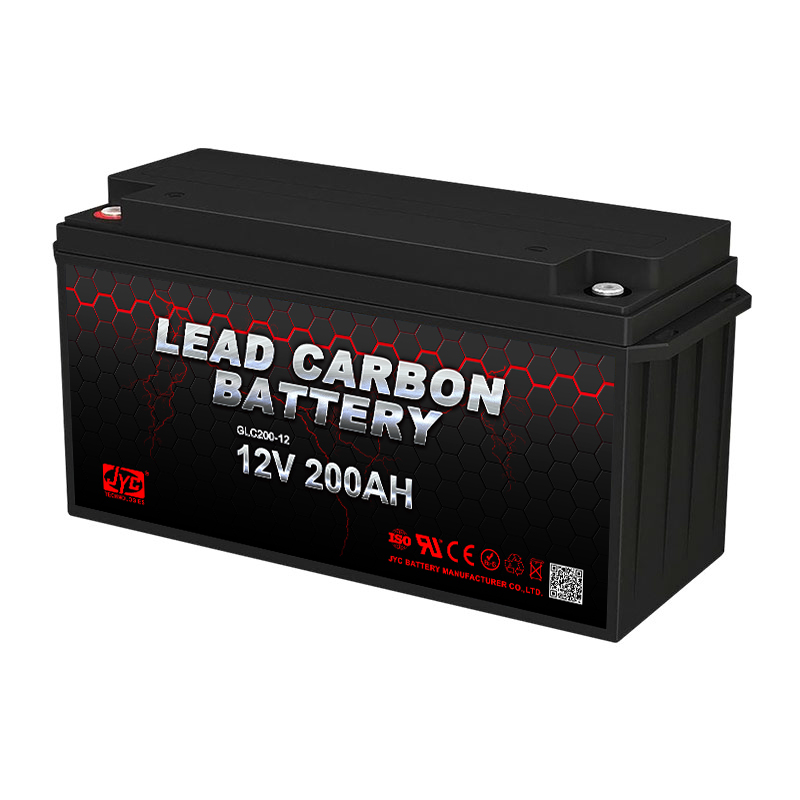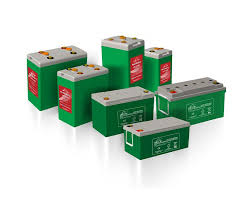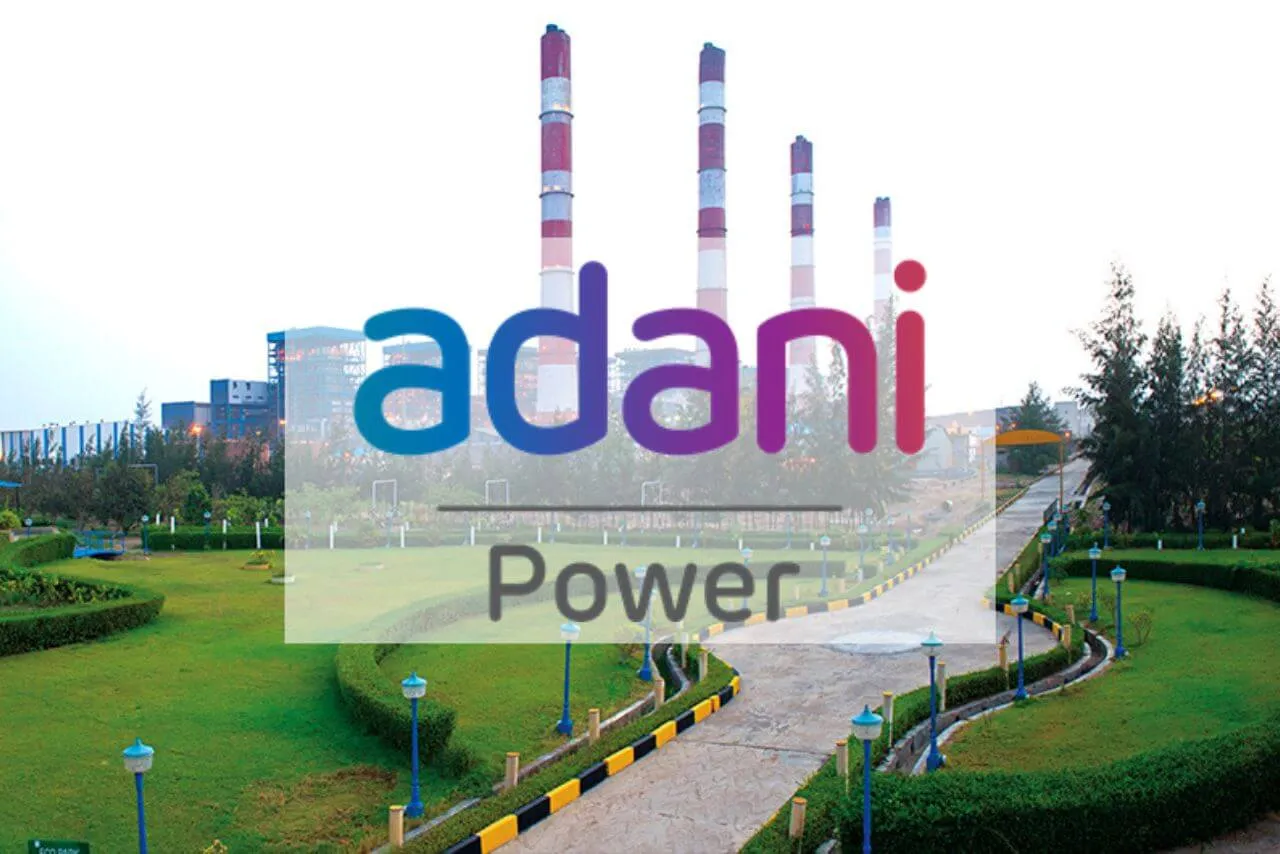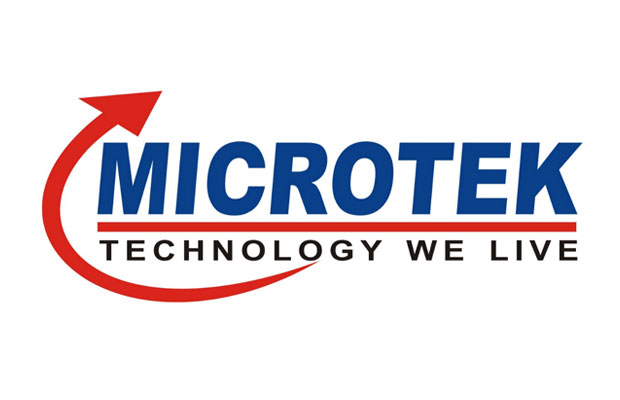Lead-Carbon Batteries
Lead-Carbon Batteries
Lead-carbon batteries are an advanced type of battery technology that combines the high energy capacity of lead-acid batteries with the longevity and quick charging capabilities of supercapacitors. This hybrid approach results in a battery that is robust, cost-effective, and capable of handling high energy demands and frequent cycling. This guide explores the fundamentals of lead-carbon batteries, their unique benefits, and the various applications they serve.
What are Lead-Carbon Batteries?
Lead-carbon batteries incorporate carbon material into the electrodes of traditional lead-acid batteries. This addition significantly enhances the performance characteristics of the battery, including increased lifespan, greater efficiency, and improved charge acceptance.
How Do Lead-Carbon Batteries Work?
Enhanced Electrochemical Reaction
In lead-carbon batteries, the carbon component in the negative electrode acts as a supercapacitor. This hybrid setup enhances the battery's ability to manage the charge and discharge cycles more efficiently. The carbon reduces the sulfation on the lead plates, a common issue that shortens the lifespan of standard lead-acid batteries.
Benefits of Carbon Addition
The carbon additive allows for faster charging, a higher number of charge cycles, and better performance under partial state of charge conditions. This makes lead-carbon batteries particularly useful for applications requiring rapid charge and discharge cycles over short periods.


Applications of Lead-Carbon Batteries
Renewable Energy Systems:
Ideal for solar and wind energy storage where frequent cycling is common.
Automotive Industry:
Used in hybrid vehicles for start-stop systems and regenerative braking.
Telecommunication and UPS
Provides reliable power for backup systems which require long-lasting batteries.
Advantages of Lead-Carbon Batteries
Extended Lifespan
Can handle more charge-discharge cycles compared to traditional lead-acid batteries.
Improved Charge Rates
Charges faster than conventional batteries, making it suitable for applications requiring quick energy replenishment.
Environmental Resistance
Performs well in varied environmental conditions, including lower temperatures.
Maintenance Tips for Lead-Carbon Batteries
Regular Inspection
Check for any signs of corrosion or damage to ensure optimal performance.
Proper Charging
Follow manufacturer guidelines for charging practices to maximize battery life.
Cleanliness and Connections
Recent Developments in Lead-Carbon Battery Technology .
Latest Technological Advancements
Technological advancements have focused on optimizing the carbon material used in these batteries and exploring new composite materials that can further enhance performance and reduce costs. Continuous improvements aim to make lead-carbon batteries a more competitive option in the growing energy storage market.
FAQ
If you don't see an answer to your question, you can send us an email from our contact form.
Send EnquiryA lead-carbon battery is a hybrid battery that combines the high energy capacity of a lead-acid battery with the high performance of a supercapacitor. This combination allows for better charge-discharge efficiency, longer life, and greater durability, especially under partial state of charge conditions.
Lead-carbon batteries work similarly to traditional lead-acid batteries but include a carbon component in one or both of the electrodes. The addition of carbon reduces sulfation, which is one of the primary degradation processes in lead-acid batteries. This allows the battery to withstand more charge and discharge cycles.
-
Enhanced Cycle Life:The incorporation of carbon extends the battery's life by reducing the rate of sulfation.
-
Improved Charge Acceptance:Carbon in the electrodes allows these batteries to accept a charge more quickly than standard lead-acid batteries.
-
High Efficiency:They exhibit better energy efficiency and power output, particularly in applications requiring frequent charging and discharging.
-
Durable:Lead-carbon batteries can better withstand the stresses of partial state of charge operations, which is common in renewable energy systems.
Lead-carbon batteries are used in a variety of applications, including:
-
Renewable Energy Systems:Ideal for solar and wind energy storage where batteries often operate in a partial state of charge.
-
Automotive:Suitable for start-stop vehicle technology and as support for electric vehicles.
-
Telecommunications:Used in backup power systems that require reliable and long-lasting energy storage.
-
UPS Systems:Provides durable and efficient power backup solutions for critical systems.
Lead-carbon batteries are used in a variety of applications, including:
-
Renewable Energy Systems:Ideal for solar and wind energy storage where batteries often operate in a partial state of charge.
-
Automotive:Suitable for start-stop vehicle technology and as support for electric vehicles.
-
Telecommunications:Used in backup power systems that require reliable and long-lasting energy storage.
-
UPS Systems:Provides durable and efficient power backup solutions for critical systems.
While lead-carbon batteries contain lead, which can be harmful if not properly handled, they are generally considered more environmentally friendly than traditional lead-acid batteries due to their longer lifespan and greater efficiency. Like all batteries containing lead, they must be recycled properly.
The lifespan of lead-carbon batteries can vary depending on their use and maintenance, but they generally last longer than traditional lead-acid batteries due to their enhanced durability and charge acceptance. Typically, they can last from 5 to 10 years or more.
Happy Customer
Lead-carbon batteries are known for their enhanced performance and longevity, making them ideal for a wide range of applications. These testimonials from satisfied customers illustrate the practical benefits and reliability of our lead-carbon batteries.




